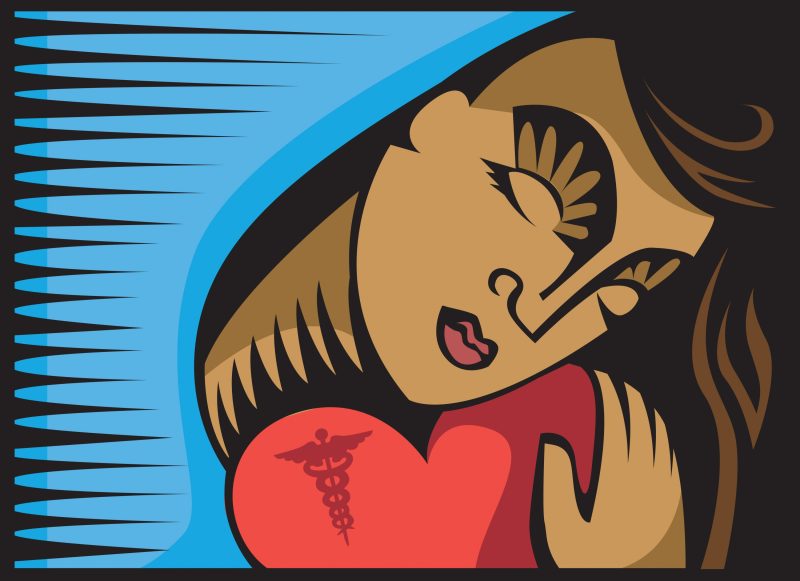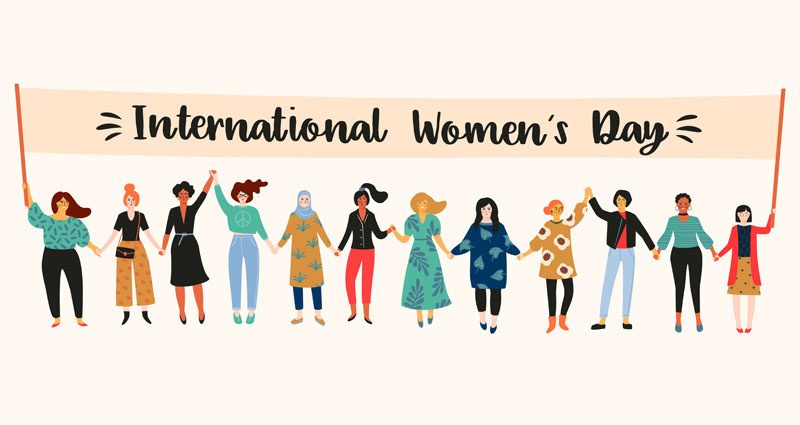
Heart Disease in Women: We need to talk…
As a celebration of International Women Day this year, I thought it is important to highlight some of the inequalities in the clinical evaluation and treatments of cardiovascular disease between men and women.
Epidemiological overview
Men develop heart disease 5 to 10 years earlier than women. However, when women do develop heart disease, they are more likely to die in the year after a heart attack compared to men. Over the recent years, younger women between 30 and 50 years are developing heart disease due to an increased prevalence of hypertriglyceridemia (high triglycerides levels in the blood), diabetes, and metabolic syndrome. There are many reasons explaining the gender differences in heart disease development.
General awareness about heart disease in women
Let’s first start with the lack of general awareness in women about the risks of heart disease. Some women believe that breast cancer is the major personal health risk whereas it has been shown to be heart disease.
A second common cause is that women experiencing a heart attack tend to present with atypical symptoms which are difficult to diagnose clinically and will therefore lead to misdiagnosis and further delay proper diagnosis and clinical management. Studies explain that women present with an atypical form coronary artery disease compared to men and that their atherosclerotic plaques tend to show rather a diffused morphology compared to a more localized bulky plaque morphology in men. This makes the diagnosis of heart disease in women less straightforward as it doesn’t follow the ‘typical’ presentation seen in men. In addition, women tend to have microvascular dysfunction which means that the vessels ability to contract and constrict is impaired leading to problems in the blood flow, coagulability disorders and inflammation.
A third cause explaining these discrepancies is the under-representation of women in clinical trials. This means that the current guidelines for heart disease management are more fit to treat men than women. In the most recent years however, clinical trials are reporting gender specific results, but the numbers of women recruited to the study are still low. Finally, even when women receive the recommended heart disease treatment, they tend to develop bleeding problems with anti-platelet therapy for example. This is possibly because of an excess dosing due to differences in body size and composition and sometimes leads to them stopping the treatment and increases their risk of complications.

What can be done to improve heart disease diagnosis in women
Better gender-specific diagnostic tools and novel sensitive biomarkers are needed when it comes to heart disease development and acute presentations in men vs. women. Also, women need to be more familiar with the risk factors leading to heart disease. Importantly, they must be aware that a heart attack can occur with atypical symptoms and seek medical help immediately.
melodychemaly
Crafty researcher curious about everything!

0 comments